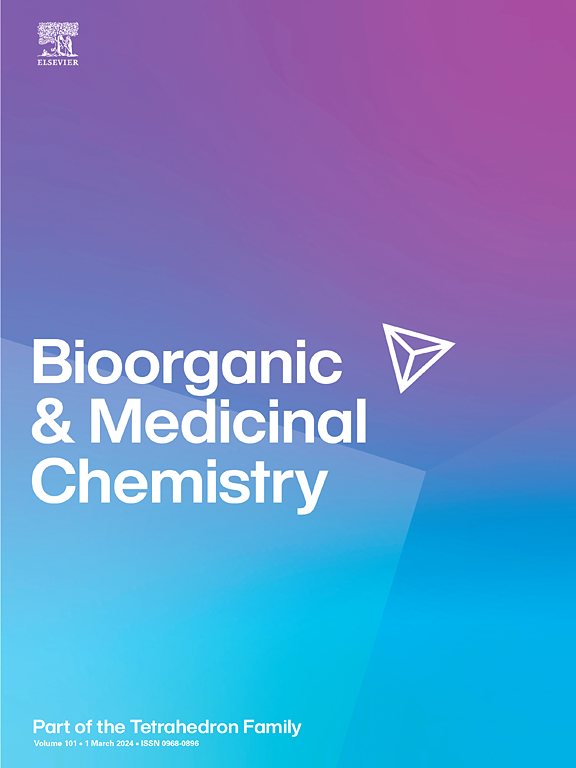Carbon monoxide potentiates the effect of corticosteroids in suppressing inflammatory responses in cell culture
IF 3.3
3区 医学
Q2 BIOCHEMISTRY & MOLECULAR BIOLOGY
引用次数: 0
Abstract
Inflammation is a pathology implicated in a wide range of human diseases. Recent years have seen tremendous progress in developing new types of anti-inflammatory agents for the treatment of inflammation of various origins. However, each has its own strengths and weaknesses. The very fact that there needs to have multiple types of anti-inflammatory agents underlines the complexity of inflammatory diseases and conditions, their molecular origins, and their treatment. Such complexity dictates the need to search for new approaches with improved potency and efficacy as well as reduced side effects. For these reasons, we are interested in exploring the possibility of generating synergy between carbon monoxide (CO), an endogenously produced cytoprotective agent, and known anti-inflammatory agents. Herein, we report the potentiating actions of CO on the anti-inflammatory effects of cortisone and dexamethasone as demonstrated in their ability to suppress the expression of TNF-α and IL-6 induced by either LPS or the S protein of SARS-CoV-2. Such effects are reflected in the substantially increased potency as well efficacy, when the efficacy of the corticosteroid alone does not allow for complete suppression of the expression of these cytokines. Further, increased attenuation of p65 phosphorylation is at least part of the molecular mechanism for the observed potentiating effects. We hope our work will stimulate a high level of activity along the same direction, leading to anti-inflammatory strategies with improved potency and efficacy and reduced side effects.

求助全文
约1分钟内获得全文
求助全文
来源期刊

Bioorganic & Medicinal Chemistry
医学-生化与分子生物学
CiteScore
6.80
自引率
2.90%
发文量
413
审稿时长
17 days
期刊介绍:
Bioorganic & Medicinal Chemistry provides an international forum for the publication of full original research papers and critical reviews on molecular interactions in key biological targets such as receptors, channels, enzymes, nucleotides, lipids and saccharides.
The aim of the journal is to promote a better understanding at the molecular level of life processes, and living organisms, as well as the interaction of these with chemical agents. A special feature will be that colour illustrations will be reproduced at no charge to the author, provided that the Editor agrees that colour is essential to the information content of the illustration in question.
 求助内容:
求助内容: 应助结果提醒方式:
应助结果提醒方式:


